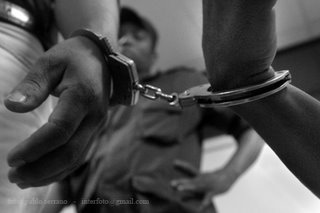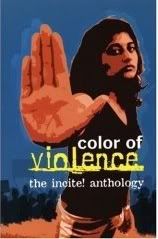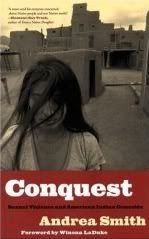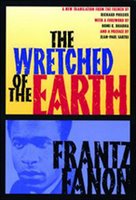Forms of Violence
We are looking at forms of violence outside of what is usually represented in the media (direct violence). We've discussed symbolic violence, structural violence, and violence as a state of tension (Fanon), described in the previous post below. In this post are some events that others have blogged about that expose these other forms of violence. Identify how these forms of violence play out within the events on the following links (5 points per link for students, but anybody is welcome to post!):

Blackademic writes:
"last week, on the campus of texas a&m university, a couple of students posted a video on a public web forum, depicting the act of a “slave” (a white student in blackface), being whipped by a “master” (another white student in blackface)."
BrownFemi discusses the incident of an Iranian-American UCLA student that was shot with a taser gun by UCLA’S UCPD November 14th 2006. He believed he was targeted because of his middle eastern appearance.
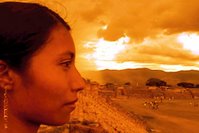
BrownFemi also discusses paramilitary action against the indigenous people of Oaxaca, Mexico who are struggling to resist the exploitation of their land and labor.

Maia makes the connection between capitalism and its limitations on the right of young motherhood for young mothers (and other mothers) who want to choose to give birth but are faced with a society that demonizes this act and devalues motherhood.

Tiffany of BlackFeminism highlights Kenji Yoshino's thesis on the new civil rights movement, by discussing the effects of assimilation or "covering." He makes a link between the limitation of an individual's freedom of cultural expression and denial of civil rights, such as Claire Anderson in Atlanta who was fired from teaching because she decided to switch to wearing her natural hair.

Blackademic writes:
"last week, on the campus of texas a&m university, a couple of students posted a video on a public web forum, depicting the act of a “slave” (a white student in blackface), being whipped by a “master” (another white student in blackface)."
BrownFemi discusses the incident of an Iranian-American UCLA student that was shot with a taser gun by UCLA’S UCPD November 14th 2006. He believed he was targeted because of his middle eastern appearance.

BrownFemi also discusses paramilitary action against the indigenous people of Oaxaca, Mexico who are struggling to resist the exploitation of their land and labor.

Maia makes the connection between capitalism and its limitations on the right of young motherhood for young mothers (and other mothers) who want to choose to give birth but are faced with a society that demonizes this act and devalues motherhood.

Tiffany of BlackFeminism highlights Kenji Yoshino's thesis on the new civil rights movement, by discussing the effects of assimilation or "covering." He makes a link between the limitation of an individual's freedom of cultural expression and denial of civil rights, such as Claire Anderson in Atlanta who was fired from teaching because she decided to switch to wearing her natural hair.
